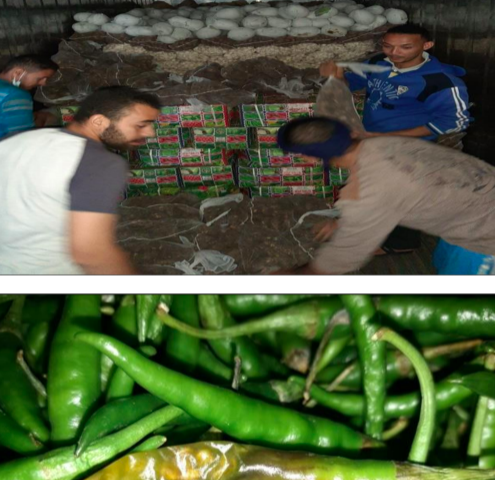Why Importer is the Most Important Person in freight claim process?

Cargo claims – what evidence is needed?
June 25, 2021
Cargo claims. When you should not pay GRI.
June 28, 2021With the current cargo transportation landscape of highest ever freight rates, excessive delays and few free time days at the destination now is the time for importers to change the “old ways” how they handle cargo claims in order to stop absorbing losses in the the post “corona economy”.
There are few important reasons why in the cargo claim process cargo receivers have the most important role to support freight claims recovery. Regardless of Incoterms, geographical location or business size.
The reasons for this are simple:
Cargo Receivers…
- carry the responsibility of notifying the carrier within 3 days of delivery of cargo,
- are the collectors of photographic evidence,
- bear the burden of collecting relevant documents,
- must segregate cargo quickly and effectively,
- need to arrange and facilitate surveyor and joint survey,
- arrange disposal and destruction of damaged cargo,
- arrange sale of intact cargo to prove loss mitigation,
- pursue cargo claim with carrier or insurer to recover losses.
As such, our advice for Importers is as follows:
- request the exporter to take photographs of the cargo and container prior to and during the stuffing process for comparative purposes in the case of a future claim;
- when containers are discharged, send notification of damage/loss to the carrier whether cargo damage is suspected or not;
- always have a smart phone at hand at the time of receiving cargo in order to document the state of cargo and container;
- if cargo is high value or sensitive and is found to be damaged, it is wise to employ the services of a surveyor immediately and stop the destuffing process;
- during the destuffing process segregate damaged cargo from intact cargo and document the process through photographs;
- destruction of damaged cargo should be carried out and a destruction certificate submitted to the carrier;
- if cargo was salvaged, a salvage certificate is a very useful document to propel claim process.
Below is a list of documents Cargo receiver/ Consignee / Importer will need during the claim process:
- Bill of lading
- Commercial invoice
- Packing list
- Letter of assignment / subrogation rights (if applicable)
- Photographs of extent of damage/loss
- Photographs of damage to container
- Notification of damage sent to the carrier
- Claim value breakdown
- Survey report (if available)
- Salvage invoice (if available)
- Destruction certificate (if available)
- Fumigation documents (if applicable)
- Laboratory test results/report (if applicable).
If You decide to recover losses for cargo damage, pursue All the Claims. Cargo receivers often fail even before they truly get started. Importers often misjudge what it takes to complete cargo claim process and make it a success.
Sure, enthusiasm for any action is clearly important, but you can’t forget one important fact. Importers need to be active in evidence gathering process and pursue cargo claim from liable party vehemently.
Need help? Submit a cargo claim to Recoupex



